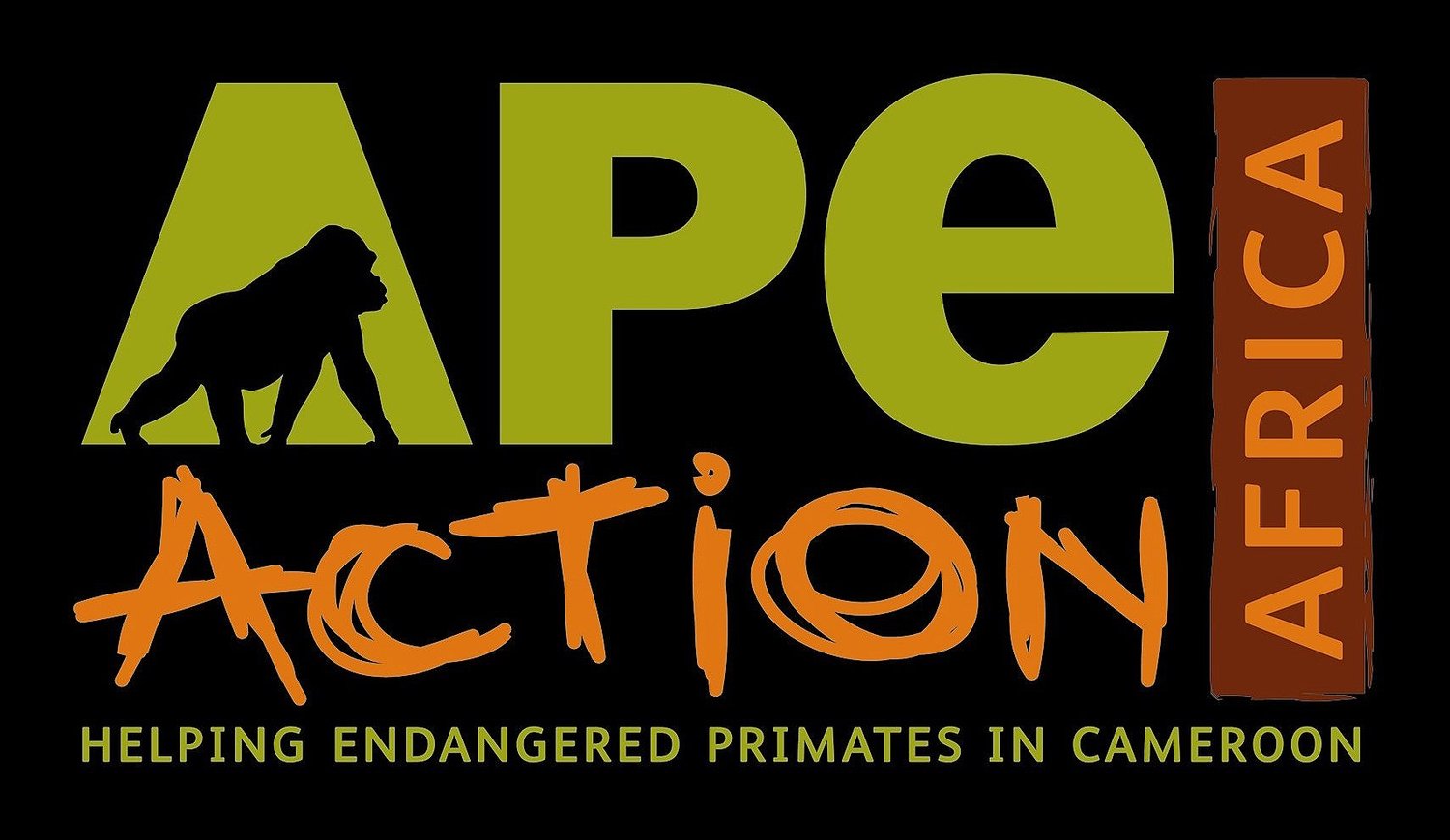Bushmeat
The term “bushmeat” refers to meat derived from a wide range of animals. Wild animals hunted for food are generically labelled as bushmeat and whilst the majority of species caught for food are small mammals, such as cane rats or porcupines larger species are also targeted, including gorillas, chimpanzees, elephants, monkeys, antelope, crocodiles, snakes, amongst many others.
Great apes, such as gorillas and chimpanzees, are particularly at risk from the bushmeat trade because they have a very slow reproductive rate, females usually only giving birth every 3 to 5 years. Hunting them is illegal but the meat is prized as a delicacy and the high prices mean that the law is constantly broken.
Hunters have killed animals in the African forests for hundreds of years, using bows and arrows and only killing enough to feed their families. Today, hunters penetrate deep into the forests on the back of logging trucks, armed with rifles, and kill whole families, often smoking the dead animals to avoid detection when they return to town. And as with other ‘commodities’ in Africa, the huge profits are not made by the hunters but much further down the line, often in countries other than Africa.
The consumption of bushmeat, which used to be confined to Africa, Asia and South America, is now on the increase in restaurants from New York to London to Paris. It is no longer confined to the forests of Africa but has become an international issue and the high prices commanded in European and American cities fuel the destruction in the African forests.


